 Oh, it was just another night at the Provincial Grand Lodge of Essex County on Wednesday. The newly hirsute Past (2004) Prestonian Lecturer here; a sojourner from the Grande Loge Nationale Française there; and our speaker for the evening, Orator in the Swedish Rite, had just flown in from Germany.
Oh, it was just another night at the Provincial Grand Lodge of Essex County on Wednesday. The newly hirsute Past (2004) Prestonian Lecturer here; a sojourner from the Grande Loge Nationale Française there; and our speaker for the evening, Orator in the Swedish Rite, had just flown in from Germany.You know, the usual.
Bro. Oliver came to speak on the topic of the Swedish Rite of Freemasonry as it functions in Germany. With terrific PowerPoint graphics and regalia samples on display, he walked us through the degree structure of his Rite, with plenty of explanation of its philosophy, history, ritual and symbolism.

Oliver explains the 1° Tracing Board.
“I love coming to Alpha Lodge!” said Bro. Oliver, sensing the energy that we all know when we’re inside that lodge room. “You can feel that something is really going on here.” (Interestingly, a lodge brother of mine, visiting Alpha for the second time, said the same thing.)
Oliver is a member of Zur Brudertreue im Ravensberger Land in Bielefeld, which is under the Great Land Lodge of Freemasons in Germany, within the United Grand Lodges of Germany. He is an 8º member, recently tapped for the 9º, and is well known in Masonry’s academic and research groups around the world for his scholarly work and his speaking engagements in Berlin, Dublin, London, Madrid, Strasbourg... and East Orange!
The Swedish Rite is a complicated subject because it exists in six countries, and undoubtedly varies a little from Iceland to Norway, to Sweden, to Finland, to Denmark, to Germany. In Germany, Freemasonry in general is difficult to understand because of its own complicated structure. This is a good thing however, because its diversity ensures there is something for everyone. As we’ll see momentarily, the Swedish Rite is a highly esoteric order that marries Masonic symbolism to Christian belief, but this is far from being the only Masonic option available in Germany.

There are no fewer than six Masonic rites at labor in that country, whose characteristics vary from the American-style “Rotary with ritual,” to the Three Globes’ similarities to Strict Observance, to the very obscure “Royal York.” All six are unified under the United Grand Lodges of Germany, I suppose to simplify external relations with jurisdictions around the world.
Oliver sketched the history of Freemasonry in Germany, zeroing in on the uniquely Christian obediences and explaining how their source is one Carl Frederik Eckleff, who supplied patents and rituals to J.W. von Zinnendorf who brought the Rite into Germany in the second half of the 18th century.
These lodges and their rituals “adhere to the teachings of Jesus Christ as they are contained in the Holy Scripture,” Oliver said. He made it understood that the philosophy is not to bar non-Christians from membership, but that the lodge instead will “delegate the responsibility to the seeker,” ensuring his right of conscience, to decide correctly his own compatibility with the lodge’s teachings. The further one progresses in the Swedish Rite, the more Christianity figures into the teachings of the degrees, so it is vital that one’s integrity and sound judgment form his decision to pursue Masonic Light in this system of degrees from the start.
Once that choice is made, it can take several years to be initiated. This period serves to filter out those who are either mentally or spiritually not ready for this experience.
It took two years for Bro. Oliver to become a Mason by initiation into a St. John Lodge, and as much as nine months in service to the lodge can be required for advancement to the 2º, and nine months to the 3º. Even more time is spent between the higher degrees, because the brother, in addition to proving his proficiencies, will experience each degree anew at least once before advancement. The Swedish Rite is very discreet, preferring mystery over gratuitous disclosure – there is not much information on the internet – which gives its members a greater appreciation for the Masonic journey. “You can see there is a place to go further,” he said, “but you don’t know where it is.” It can take as much as 20 years to reach the last available degree.
Beyond the three degrees of the St. John lodge, the Master Mason may continue to St. Andrew Masonry, which offers EA, FC and MM degrees of its own. The door to this progression is seen plainly in the lodge without being explained in detail to the St. John Mason prematurely. When the time is right – when a decision is achieved mutually between lodge and brother in light of philosophical questioning – the St. John Master Mason may knock upon the door leading to St. Andrew Masonry, transitioning from what could be termed “the stage of cleansing” to that of, so to speak, “illumination.” Years later, if proven worthy and well qualified, the St. Andrew Master Mason might gain entrance to the Chapter, where the highest degrees are worked as Christian chivalry in a process that could be dubbed “the stage of reunification.”

One possible interpretation of the Rite’s structure.
This, in my opinion, is the ultimate goal of all Masonic orders, whether they are founded in Christian chivalric traditions or not. From the EA Degree to 32º and others, Freemasonry is a God-centered psychology whose goal is to gradually reveal to Masonic Man the proper way to know himself, to find his place among mankind, and to praise deity by living in accord with the moral precepts that are universally known in our respective faiths. The grips, signs and words imparted to us along the way are proof of our progress in this work, culminating in our union with deity. Personally, I believe this can be understood at the Master Mason level, without need for exploring “Higher Degrees,” but let me explain that the Swedish Rite does not have appendant bodies, as we in America understand that term; its higher degrees are part of the Rite, a contiguous and progressive system of 11 degrees, with its 12º reserved for Sweden’s king. (Carl XVI Gustaf is not a Freemason, resulting in a rare vacancy at the 12º level, but this structure shows us how Freemasonry in Sweden is integrated with the highest level of civil government.)
At every step of the way, the Mason is challenged with questions intended to explore the depths of both heart and mind, possibly even eliciting beliefs he may not have consciously realized, but that are the result of his Masonic education. His ability to advance through the degrees depends on this growth. This is not a form of Masonry in which one’s reliable attendance ensures promotion; these degrees are earned, not merely received. A significant part of this approach involves the Rite’s treatment of its rituals. Not only is the memorization of ritual not mandatory in this Rite, but memorization is not a goal at all. The time, talent and energy that might be spent on memorization and precise recitation instead is devoted to – get this – thinking!
“It is a thought process, not a memorization process,” Oliver explained. Ritual accuracy is ensured by – get this – reading the ritual. Ritualists read printed texts; they are familiar with the material, so there isn’t clumsiness or error to disrupt the work. At least as importantly, the Mason is not programmed to think and speak like a parrot; he is expected to learn, to internalize the teachings of the ritual, and to be able to communicate his own thinking in his own words at the proper time. In this method, one can actually make a mistake, which of course is the best learning experience. This aspect of Masonic labor is perhaps the greatest variant from American jurisdictions, where strict memorization is the most important achievement, dead end that it is.
Of course there are other significant differences, the kinds one finds in examining rites not his own. For example, alchemical symbolism figures heavily in the Swedish Rite. The Fellowcraft Degree is the only time music is heard, being employed effectively to reinforce a lesson in harmony. There is no raising in the 3º because that degree is not the culmination of the Rite. The layout of the lodge is different. The Words of the first two degrees are reversed. And, perhaps most unusual to the Anglo-American experience, there is no progressive officer line. It is a meritocracy. The Master of a lodge serves a three-year term. If his performance is outstanding, he could be re-elected to another three-year term. If he is truly irreplaceable, he can be elected to a third triennial term. (The number three is embedded countless times in the rituals, symbols and structure of this Rite, ever recalling the Holy Trinity.) Considering lodges typically have 30 members, Oliver joked, it could take 270 years for a brother to become Worshipful Master.


Bro. Oliver displays regalia of the Swedish Rite in Germany. Left: a sash worn in the Higher Degrees, where no aprons are worn. Right: a St. Andrew apron.
Below: from the Magpie Archives, aprons of the Swedish Rite in Norway.

Magpie readers, there is so much more I’d like to share, but circumspection demands I withhold information that is not open source, that cannot be corroborated by Masonry’s reference books, academic journals, and other sources of firm information. (Oliver, you’ll let me know if something need be removed.) Please understand any inaccuracies here are my own, and not the lecturer’s. The presentation Bro. Oliver treated us to offered sincerely curious and open-minded Masons a wonderful glimpse into a little understood rite of Masonry. Minds were enlightened and nourished, and I suspect barriers between brothers, however unspoken their existence, were breached. It was Freemasonry in action, with both Speculative and Operative impulses gratified.

These illustrations actually are pages 212-13 of “Freemasonry: Symbols, Secrets, Significance” by W. Kirk MacNulty (Thames & Hudson, 2006), a landmark publication recording hundreds of images of esoteric culture.
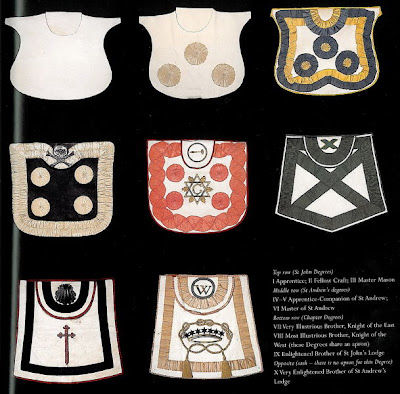






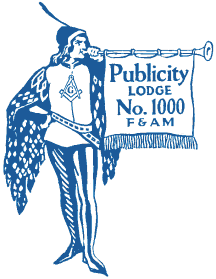

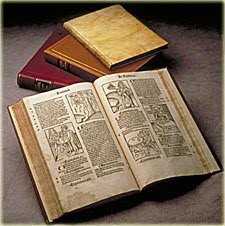


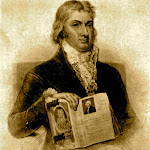




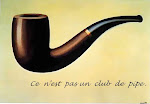
















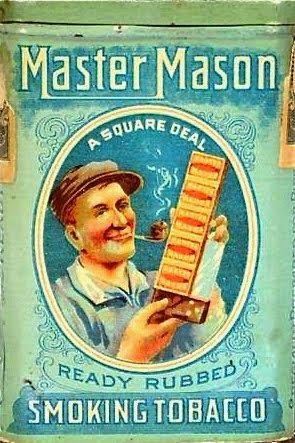


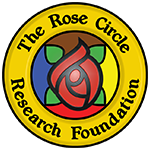

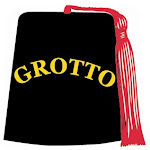








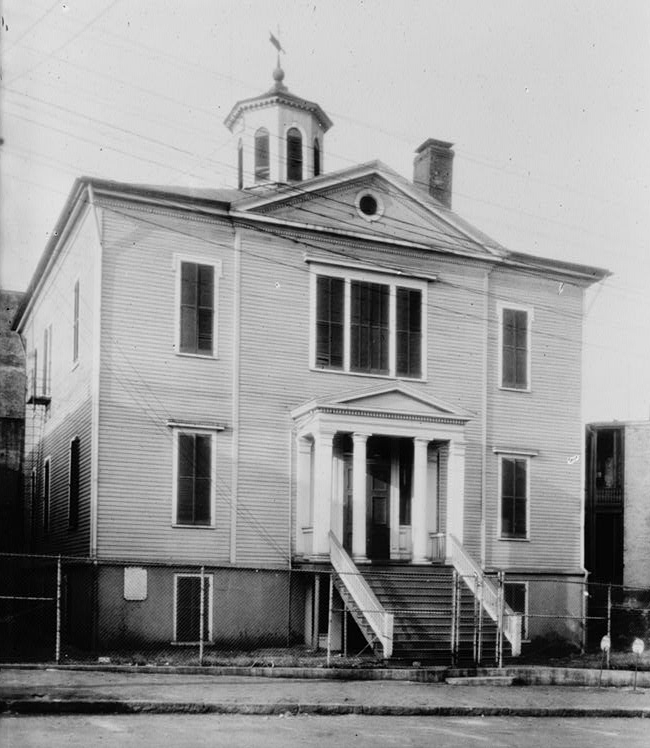
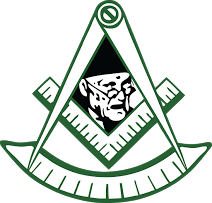
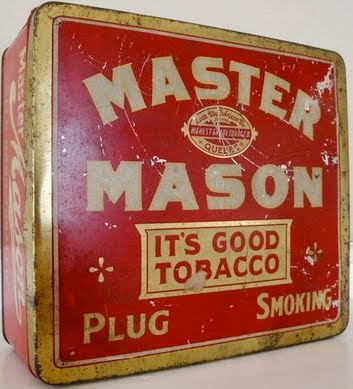



6 comments:
Well, not a bad article, but there are some points that I would love to be more clearly states as the personal view of Bro. Oliver. They appear as if they are the official view of the order, but especially aspects as "constituing an esoteric church" are surely the personal view of that brother, not official view of the order.
Thomas Titz, Germany (Swedish Rite)
Happy Easter wishes to you, Bro. Thomas.
Actually that phrase is my own. Only those sentences within quotation marks can be attributed to Bro. Oliver.
Thanks for reading the Magpie Mason.
Happy Easter to you too,
may I then add my own Cents to the article and try some clearifications:
We have a raising in the 3°, but is is not called that way, because our ritual moves on and all 10 degrees are interlinked. Therefore the 3° is not the end of the ritual way, but "only" one step in the first third of the way.
The minimum (and usual) time between the degrees is 9 months in craft lodge, extending until 48 months between 9° and 10°
The WM should make 3x3 years of service. With special dispensation he can even make longer. In my lodge we had a WM who made 23 years in a row.
Although there is a Swedish Rite tracing board in the center, the picture with the lodge layout does not show a Swedish Rite lodge column configuration.
Fraternally,
Thomas
Thank you for that additional information, Bro. Thomas.
- Jay
Happy Easter to you all,
thank you very much for the article and comments.
According to the official rules and regulations, the WM is elected for three years and can be reelected two times without a special dispensation. Of course, there are pros and cons for a longer or shorter period.
It should be noted that different temple layouts and configurations were animated
and as a still picture taken out of context and thus showing a layout that does not exist. Again thanks for the clarifications.
with best fraternal regards,
Oliver
It was surely a great work, Bro. Oliver, and I hope we will meet some day. I once visited "Zur Brudertreue" on a visitors evening.
The still picture was surely open to misinterpretation, so it is surely better off.
Happy to meet, happy to part, and happy to meet again,
Thomas
Post a Comment